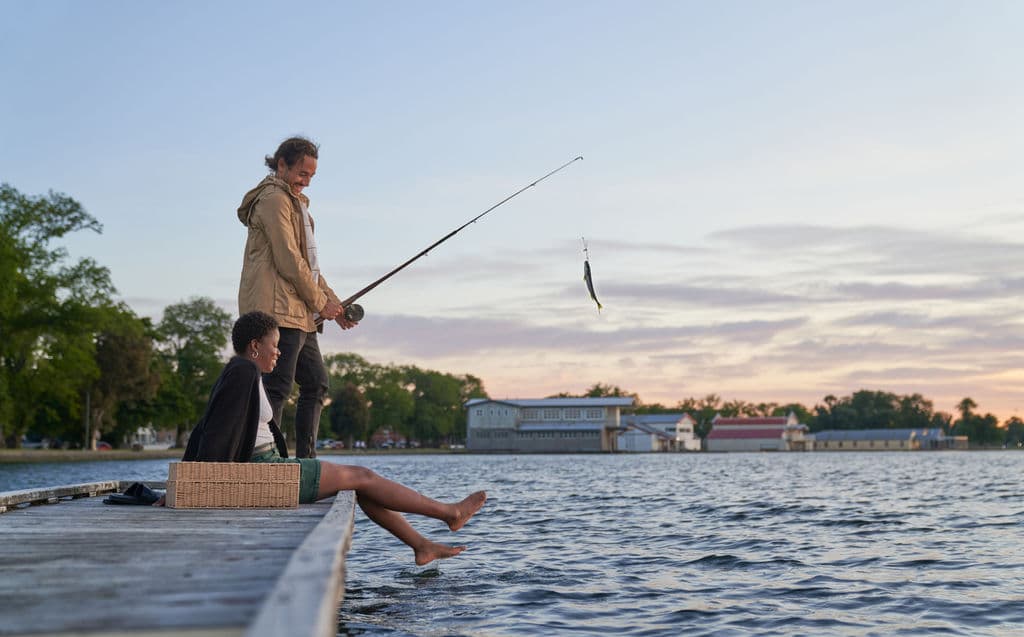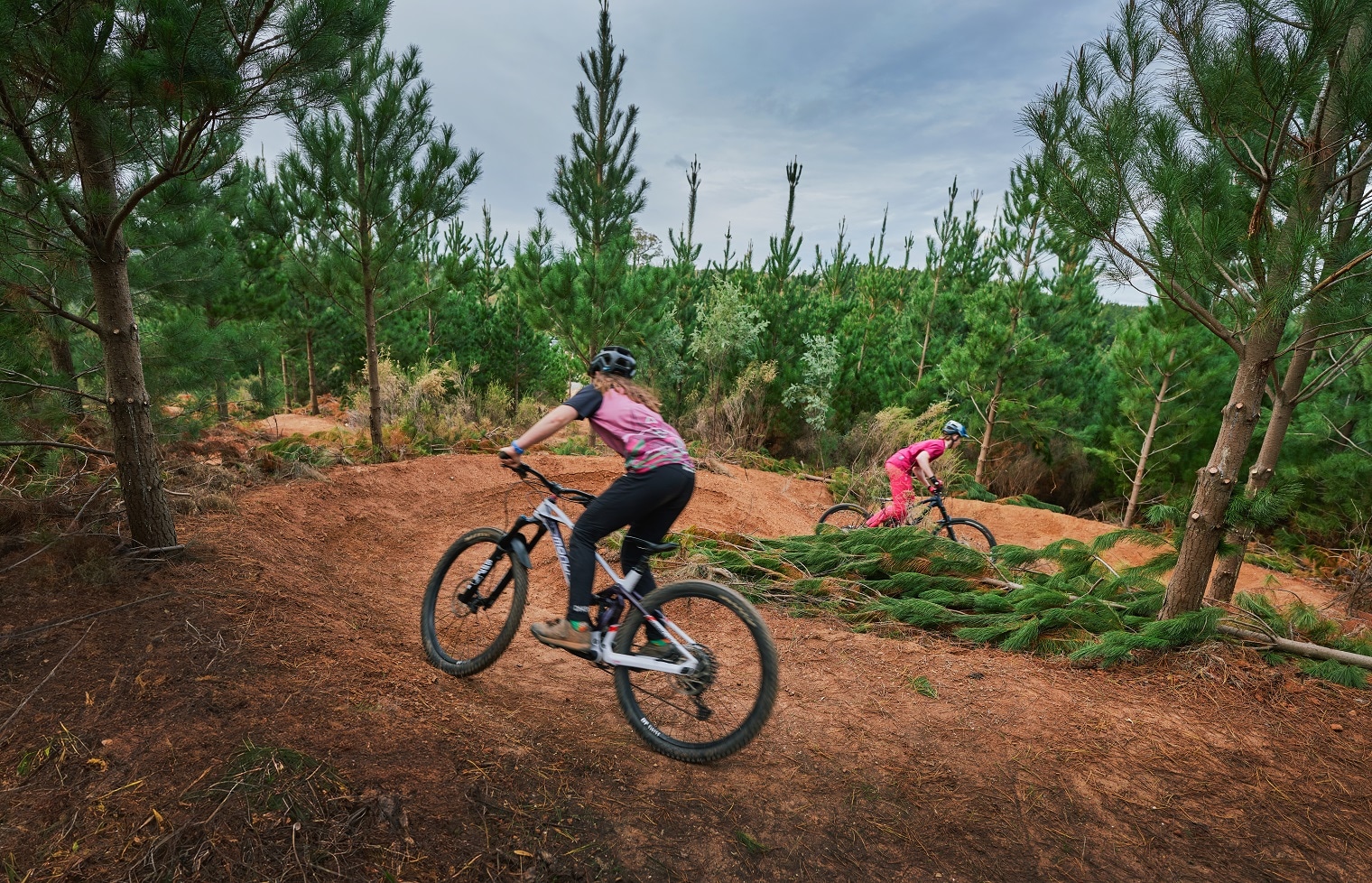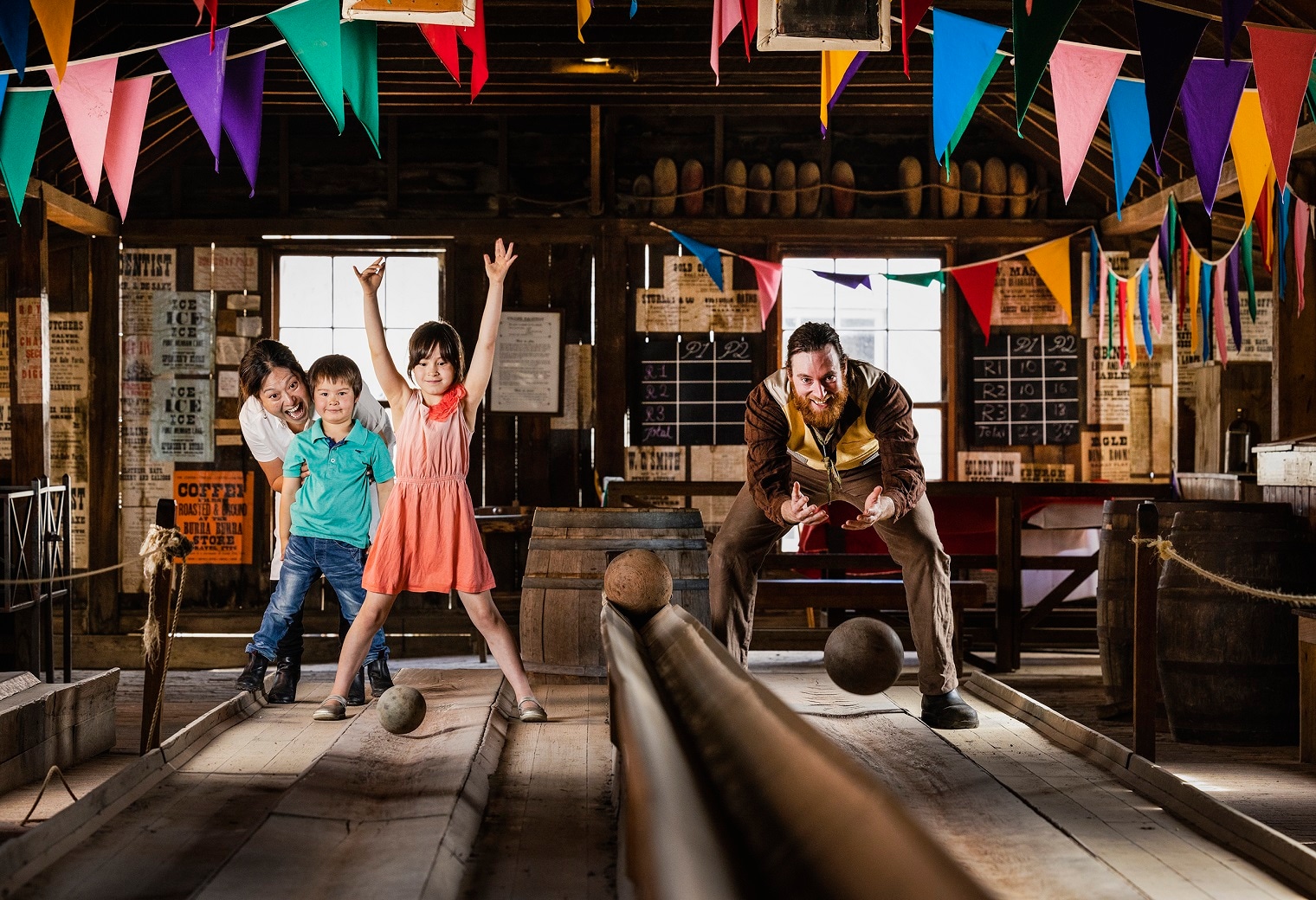Who needs the beach when you can eat, drink and play by – or on – the water at Ballarat's Lake Wendouree this summer?
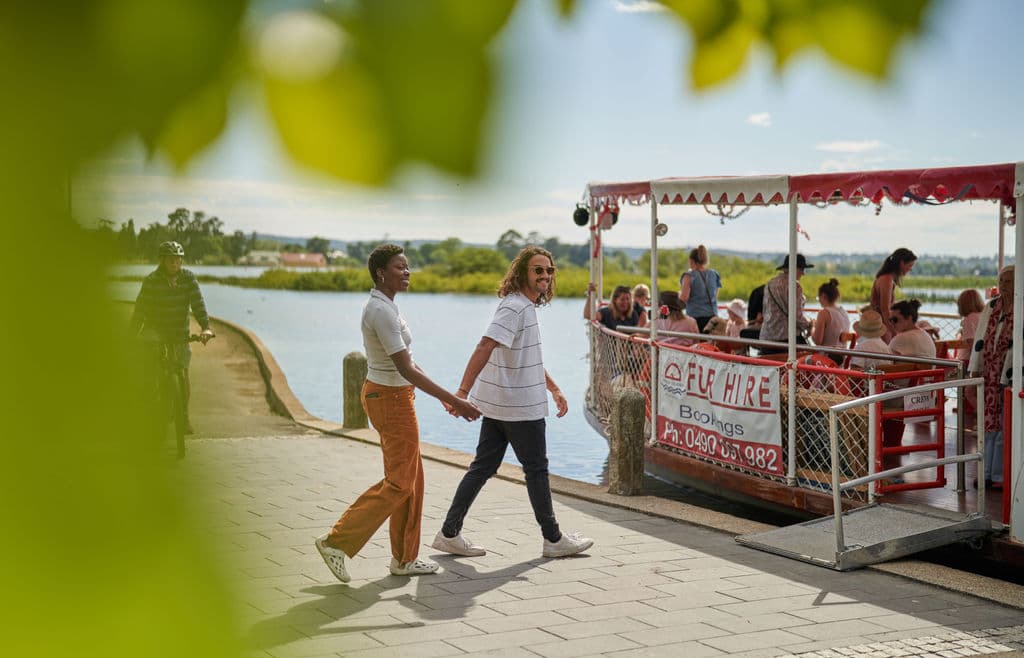
- Enjoy a cruise on the Golden City Paddle Steamer, a replica of its namesake which operated on the lake from the mid-1880s
- Explore the Ballarat Botanical Gardens, one of Australia’s most significant cool climate gardens
- Hit the water with Lake Wendouree Pedal Boat Hire
- Let the kids run wild at the Lake Wendouree Adventure Playground
- Eat out at one of the lake's five foreshore cafes and restaurants – Ballarat Yacht Club, Pipers By The Lake, Boatshed Restaurant, Lake View Hotel, and Racers Bar & Cafe
- In January, kick back at free concert series Summer Sundays at the Ballarat Botanical Gardens
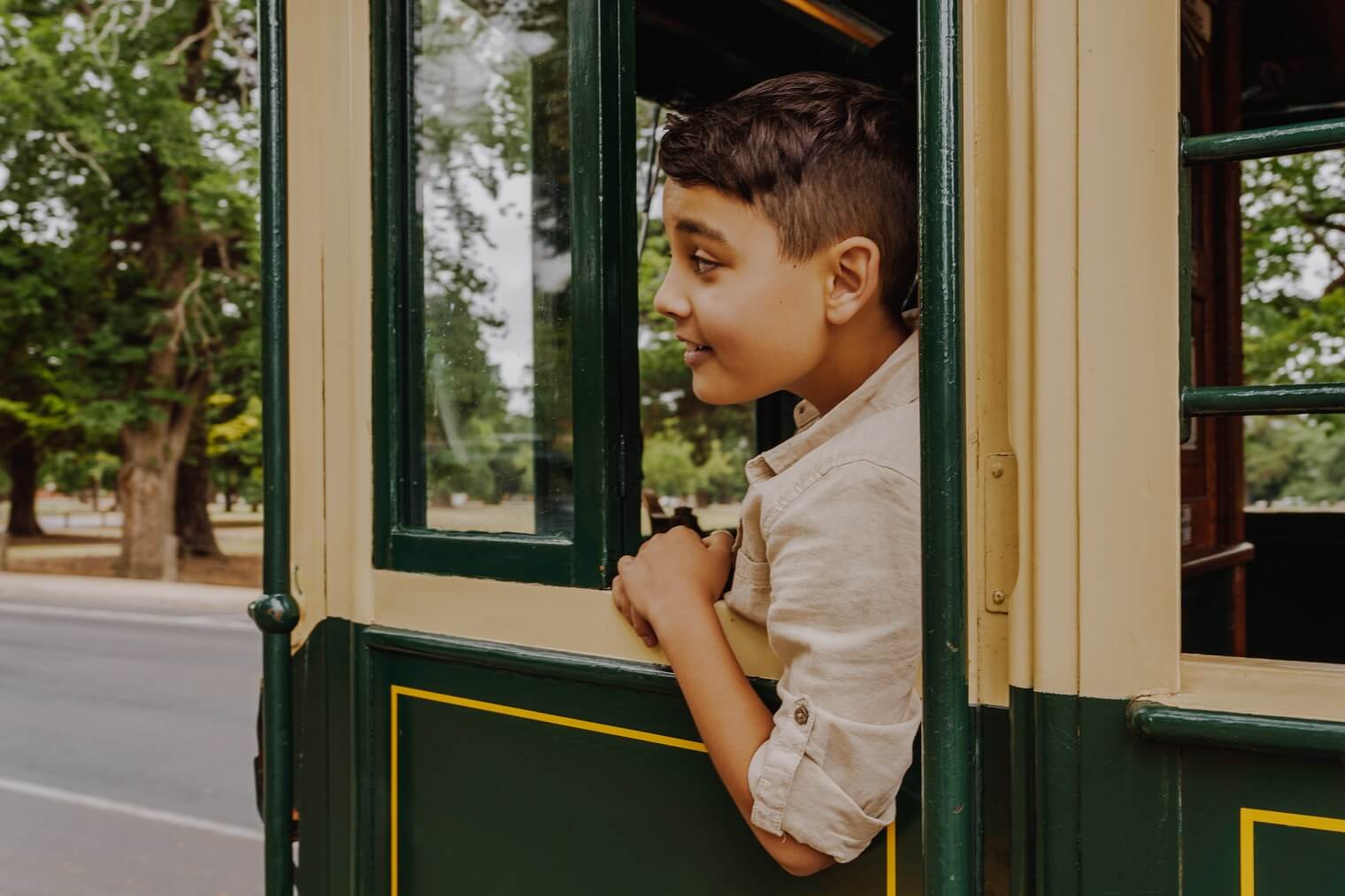
- Go for a ride on a vintage tram at the Ballarat Tramway Museum and explore the collection of historic tramcars in the new Display Hall
- Watch the night sky light up at the Ballarat's annual Fireworks Spectacular
- Soak up the sunshine with a spot of fishing, sailing or rowing
- Hire a Neuron scooter and test out the Lake Wendouree Loop Ride
- Visit the Australian Ex-Prisoners of War Memorial, which honours the Australian men and women who have fought for our country
